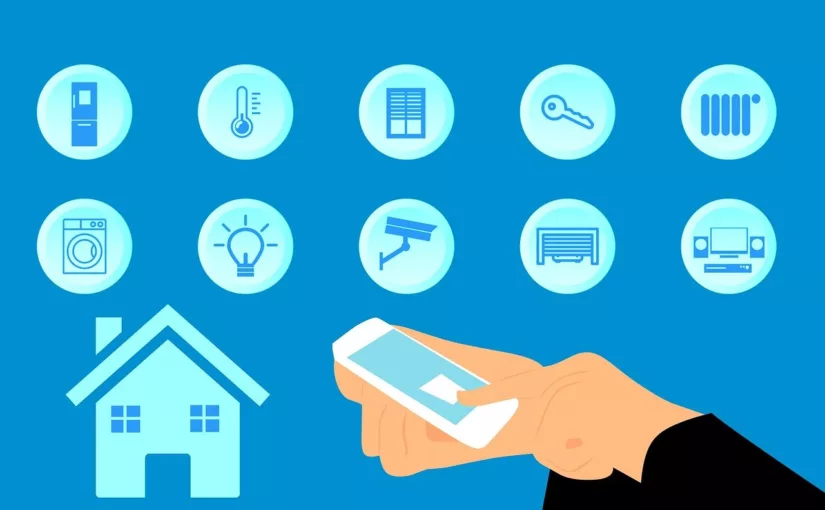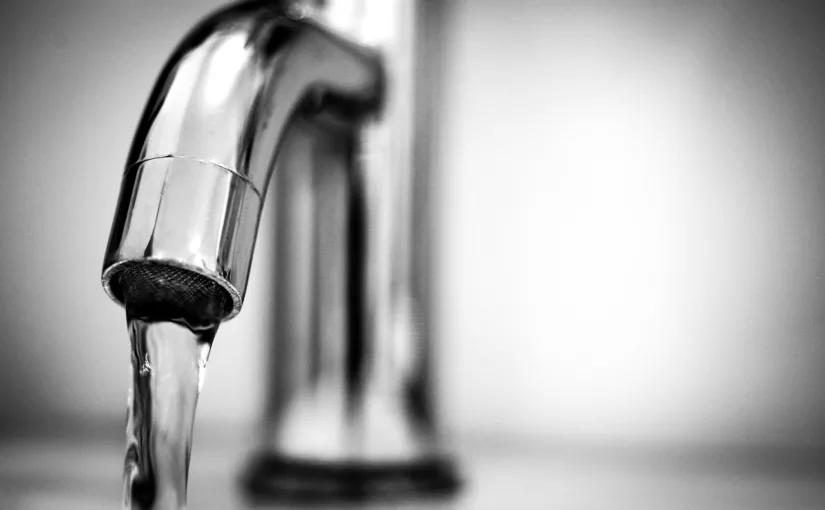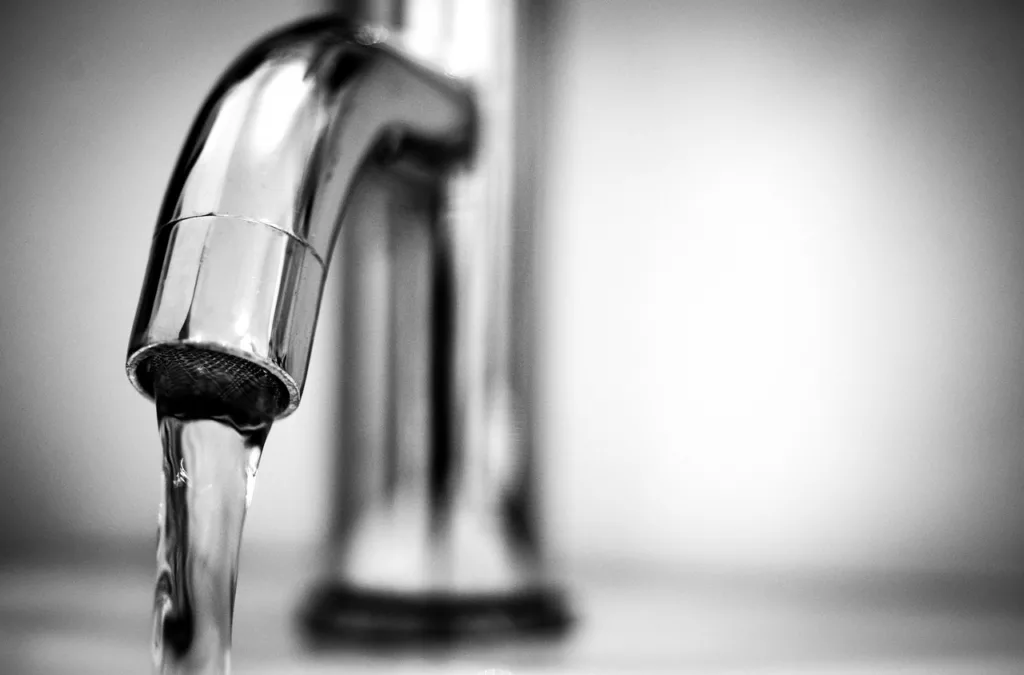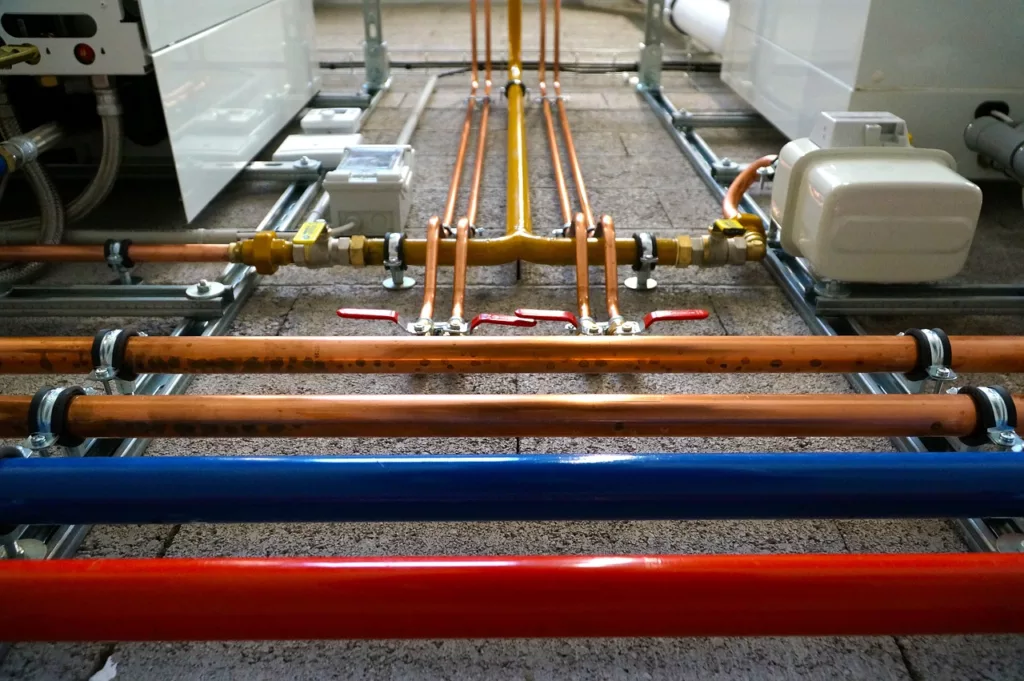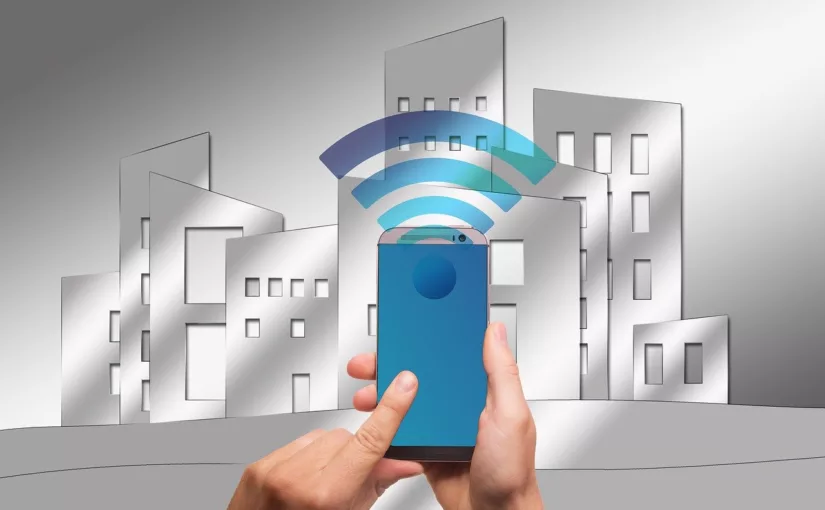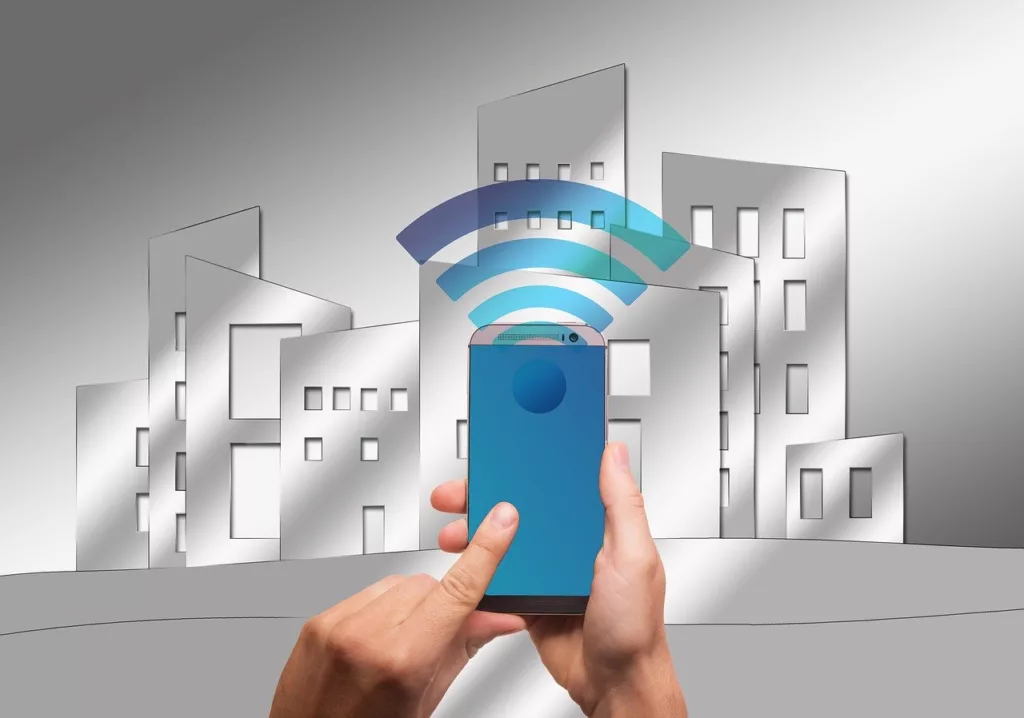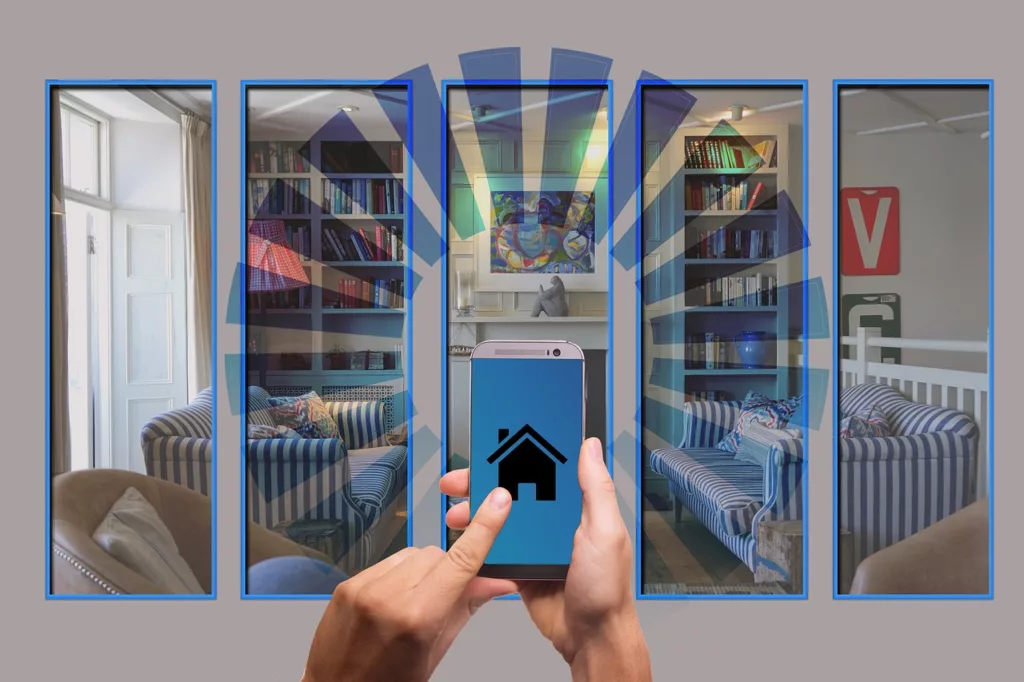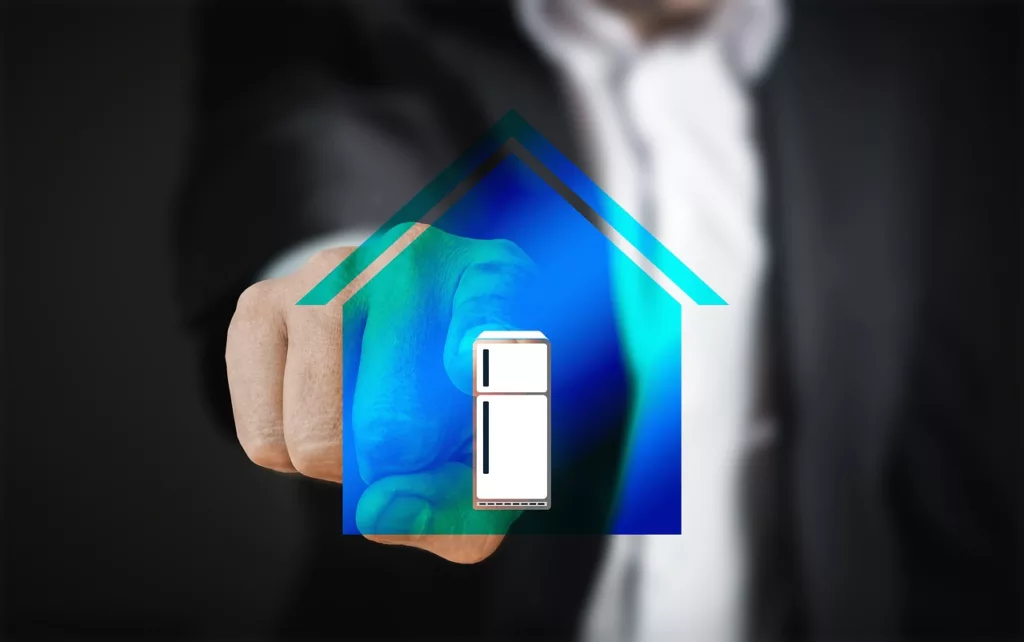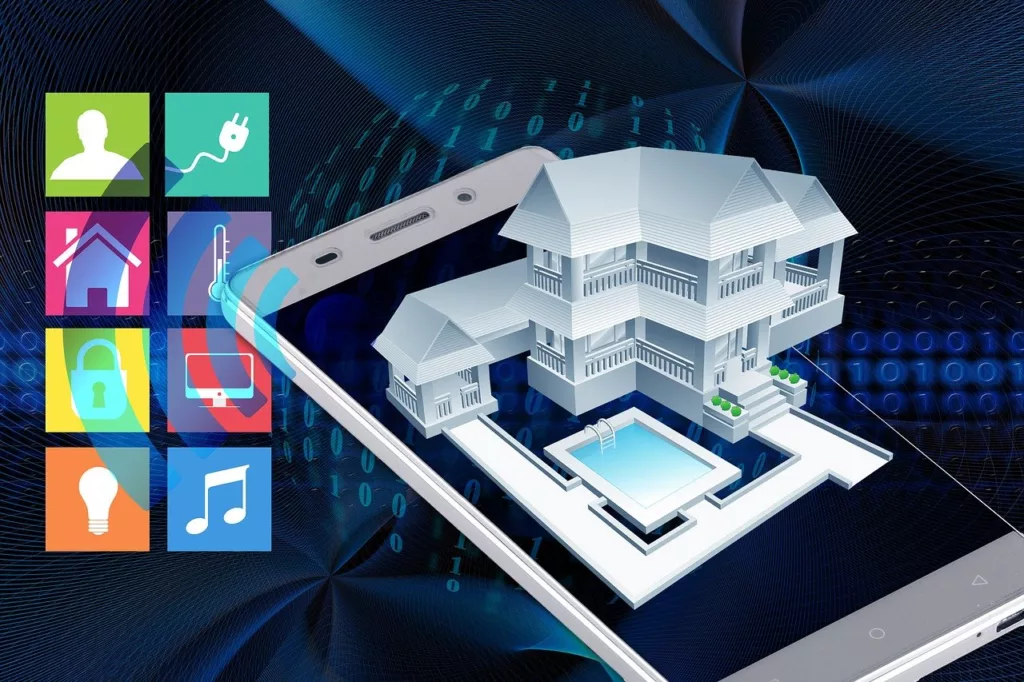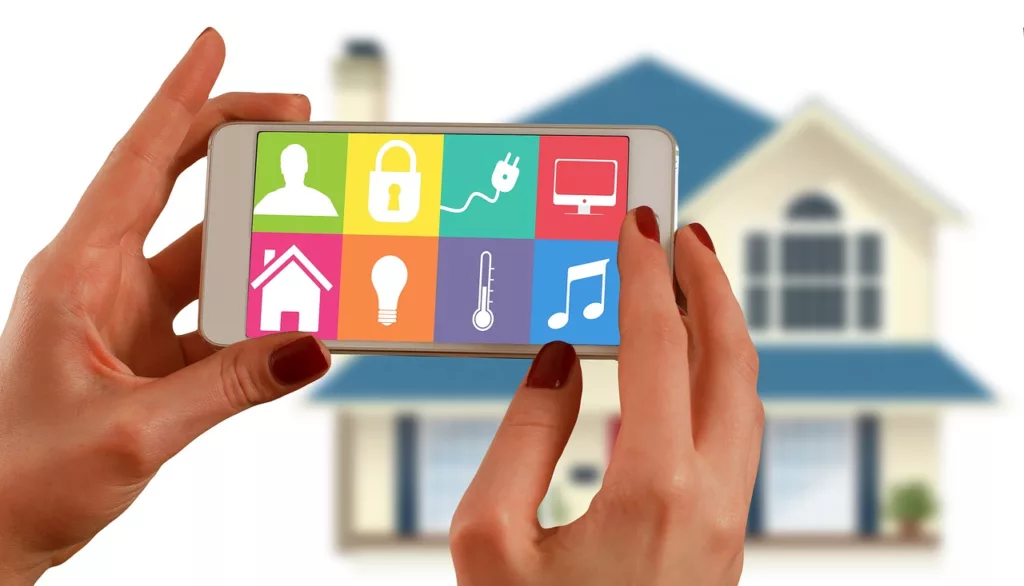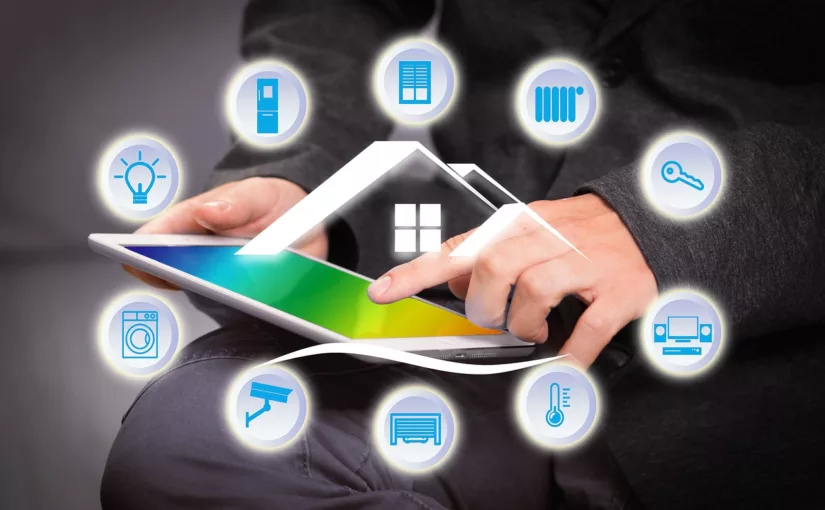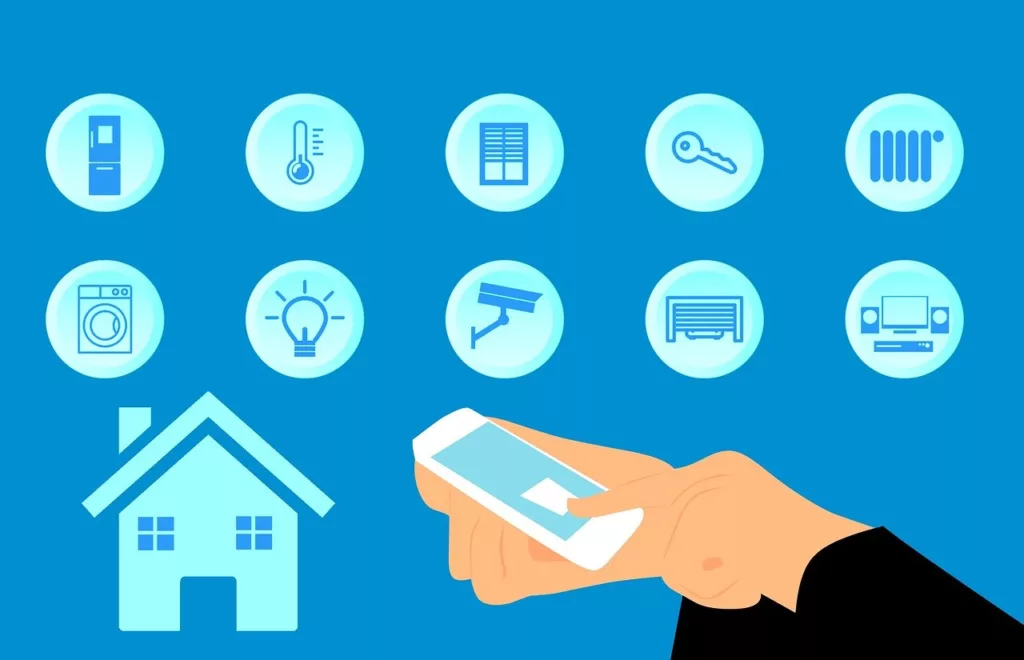
In the heart of technological innovation, San Francisco stands at the forefront of embracing the future of smart living through home automation. As the demand for seamless integration of technology into our daily lives grows, the city by the bay is witnessing a surge in the adoption of home automation systems. Let’s explore the intricacies of this modern marvel, from its benefits to real-life success stories and future trends.
Introduction
A. Definition of Home Automation
Home automation refers to the use of technology to control and automate various household tasks and functions. It involves the integration of smart devices and systems that enhance the efficiency, security, and convenience of a home.
B. The Rise of Home Automation in San Francisco
With its tech-savvy population and commitment to sustainability, San Francisco has become a hotbed for home automation. Residents are increasingly turning to smart solutions to create homes that are not only comfortable but also energy-efficient and secure.
Benefits of Home Automation
A. Increased Energy Efficiency
Smart lighting, thermostats, and energy monitoring systems contribute to a significant reduction in energy consumption. Homeowners can optimize energy usage based on their preferences and schedules, leading to lower utility bills and a smaller environmental footprint.
B. Enhanced Security Measures
Integrated security and surveillance systems provide real-time monitoring and alerts, offering homeowners peace of mind. From smart locks to video doorbells, San Francisco residents are leveraging technology to fortify their homes against potential threats.
C. Convenience and Comfort
Automation simplifies daily routines. From voice-activated commands to automated climate control, residents can enjoy a more convenient and comfortable living experience.
Popular Home Automation Systems in San Francisco
A. Smart Lighting Solutions
Smart lighting systems allow users to control the ambiance of their homes with the touch of a button or a voice command. These systems also contribute to energy savings by adjusting light levels based on natural daylight and occupancy.
B. Smart Thermostats
In a city with diverse weather patterns, smart thermostats offer precise control over indoor temperatures. Residents can create personalized schedules and remotely adjust settings, optimizing both comfort and energy efficiency.
C. Security and Surveillance Systems
Advanced security systems, including smart cameras and sensors, provide robust protection. These systems can be monitored remotely, allowing homeowners to keep an eye on their property even when away.
Integration of Voice Assistants
A. Voice-Controlled Devices
Home automation systems often integrate seamlessly with popular voice assistants like Amazon Alexa and Google Assistant. This hands-free control enhances accessibility and simplifies interaction with smart devices.
B. Compatibility with Leading Voice Assistants
The compatibility of home automation systems with leading voice assistants ensures a user-friendly experience. Residents can effortlessly manage their smart homes using natural language commands.
Home Automation for Sustainability
A. Eco-Friendly Smart Solutions
San Francisco’s commitment to sustainability aligns with the eco-friendly features of many home automation systems. From energy-efficient appliances to smart irrigation controllers, these solutions contribute to a greener, more sustainable city.
B. Impact on Energy Conservation
By optimizing energy usage and reducing waste, home automation plays a crucial role in energy conservation. San Francisco residents are not only enjoying the benefits of smart living but also contributing to the city’s environmental goals.
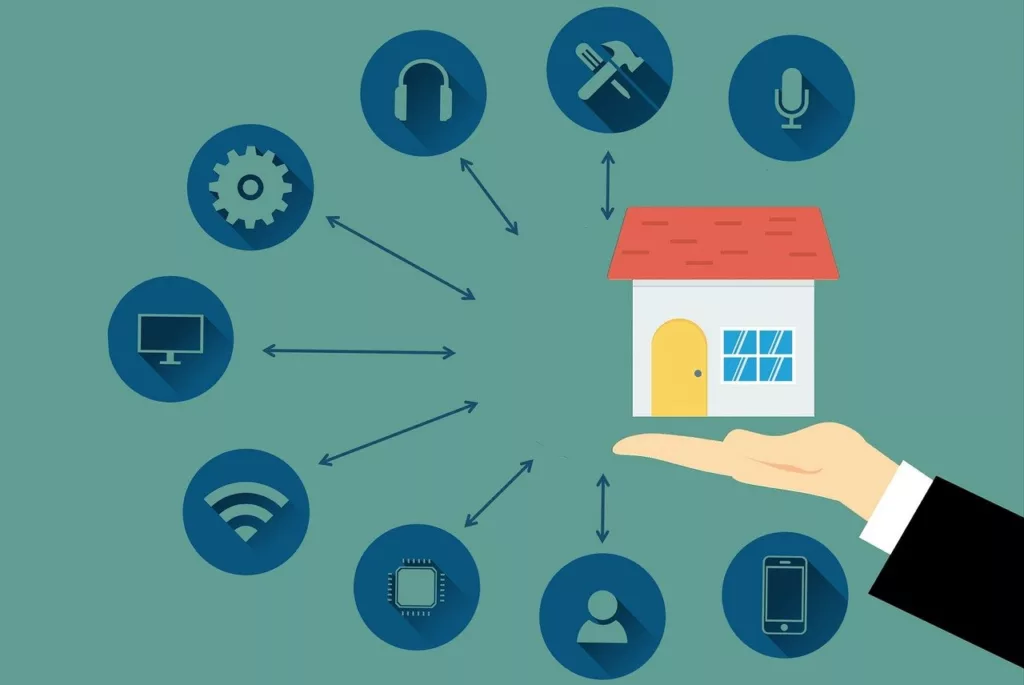
Challenges and Solutions
A. Cybersecurity Concerns
As with any technology, home automation systems are not immune to cybersecurity threats. However, robust encryption and regular software updates can mitigate these risks, ensuring a secure smart home environment.
B. Integration Challenges
Some homeowners may face challenges integrating different smart devices. Seeking professional assistance or choosing devices from a single ecosystem can streamline the integration process.
C. Cost Considerations
While the initial investment in home automation can be substantial, the long-term savings in energy costs and increased property value often outweigh the upfront expenses.
Future Trends in Home Automation
A. Advancements in Artificial Intelligence
The integration of artificial intelligence (AI) is revolutionizing home automation. AI-powered systems can learn user preferences and adapt to changing patterns, making smart homes even more intuitive.
B. Integration with Wearable Technology
The future of home automation involves seamless integration with wearable devices. Residents may control their homes directly from smartwatches or other wearables, adding a new layer of convenience.
C. Customization and Personalization
Home automation systems of the future will offer even greater customization, allowing residents to tailor their smart homes to their unique preferences and lifestyles.
Real-Life Success Stories
A. Showcasing Home Automation Implementations
Highlighting real-life examples of successful home automation implementations in San Francisco can inspire others to embrace this technology. Case studies and testimonials from satisfied homeowners add authenticity to the narrative.
B. User Testimonials
Residents sharing their experiences with home automation can provide valuable insights. These testimonials can address common concerns and showcase the transformative impact of smart living.
Choosing the Right Home Automation System
A. Factors to Consider
Choosing the right home automation system involves considering factors such as compatibility, scalability, and the specific needs of the household. Thorough research ensures that the selected system aligns with the homeowner’s requirements.
B. Professional Installation vs. DIY
While some homeowners may prefer professional installation for a seamless experience, others may opt for the DIY route. Understanding the pros and cons of each approach helps individuals make informed decisions.
Home Automation and Property Value
A. Impact on Home Resale Value
Homes equipped with state-of-the-art automation systems often enjoy higher resale values. Potential buyers are attracted to the prospect of owning a technologically advanced and energy-efficient home.
B. Attracting Tech-Savvy Buyers
In a city known for its tech industry, a home with advanced automation features is likely to appeal to tech-savvy buyers. Positioning a property as a smart home can be a significant selling point.
DIY Home Automation Projects
A. Beginner-Friendly Smart Devices
For those new to home automation, starting with beginner-friendly devices like smart plugs and light bulbs is a great introduction. These devices are easy to install and offer immediate benefits.
B. Steps to Set Up a Basic Home Automation System
A step-by-step guide to setting up a basic home automation system can empower homeowners to take the DIY approach. Clear instructions and troubleshooting tips ensure a smooth installation process.
Common Misconceptions About Home Automation
A. Affordability Myths
Dispelling myths about the affordability of home automation is crucial. Many cost-effective solutions are available, making this technology accessible to a broad range of homeowners.
B. Complexity Concerns
Addressing concerns about the complexity of home automation systems reassures potential users. User-friendly interfaces and intuitive controls make managing smart homes straightforward.
Expert Insights and Recommendations
A. Advice from Home Automation Experts
Incorporating insights from home automation experts adds credibility to the article. Expert advice can guide readers in making informed decisions about implementing smart solutions in their homes.
B. Tips for Maximizing Benefits
Providing practical tips for maximizing the benefits of home automation helps readers make the most of their investment. From regular updates to exploring new features, these tips enhance the overall user experience.
Conclusion
A. Recap of Home Automation Benefits
In conclusion, home automation in San Francisco brings a myriad of benefits, from energy efficiency to enhanced security and convenience. Embracing this technological evolution allows residents to lead more comfortable, sustainable lives.
B. Embracing the Future of Smart Homes in San Francisco
As the city continues to innovate, the future of home automation San Francisco holds exciting possibilities. The integration of advanced technologies will redefine the concept of modern living, making smart homes the norm rather than the exception.
FAQs
A. How much does a basic home automation system cost?
The cost of a basic home automation system varies but can start as low as a few hundred dollars. Factors like the number of devices and the complexity of the system influence the overall cost.
B. Can I install a home automation system myself?
Yes, many home automation devices are designed for easy DIY installation. However, complex systems may benefit from professional installation to ensure seamless integration.
C. Are there privacy concerns with home automation?
Addressing privacy concerns is crucial. Using secure networks, regularly updating software, and understanding the data collection policies of devices help mitigate potential privacy risks.
D. What voice assistants are commonly used in home automation?
Popular voice assistants like Amazon Alexa, Google Assistant, and Apple’s Siri are commonly integrated into home automation systems, providing users with voice-controlled functionality.
E. How can home automation increase energy efficiency?
Home automation contributes to energy efficiency by optimizing lighting, heating, and cooling systems based on usage patterns. Smart devices can also monitor energy consumption, helping homeowners make informed decisions to reduce waste.

The ©Heidi’s House Difference? An affordable Smart Home tailor-made for you.

